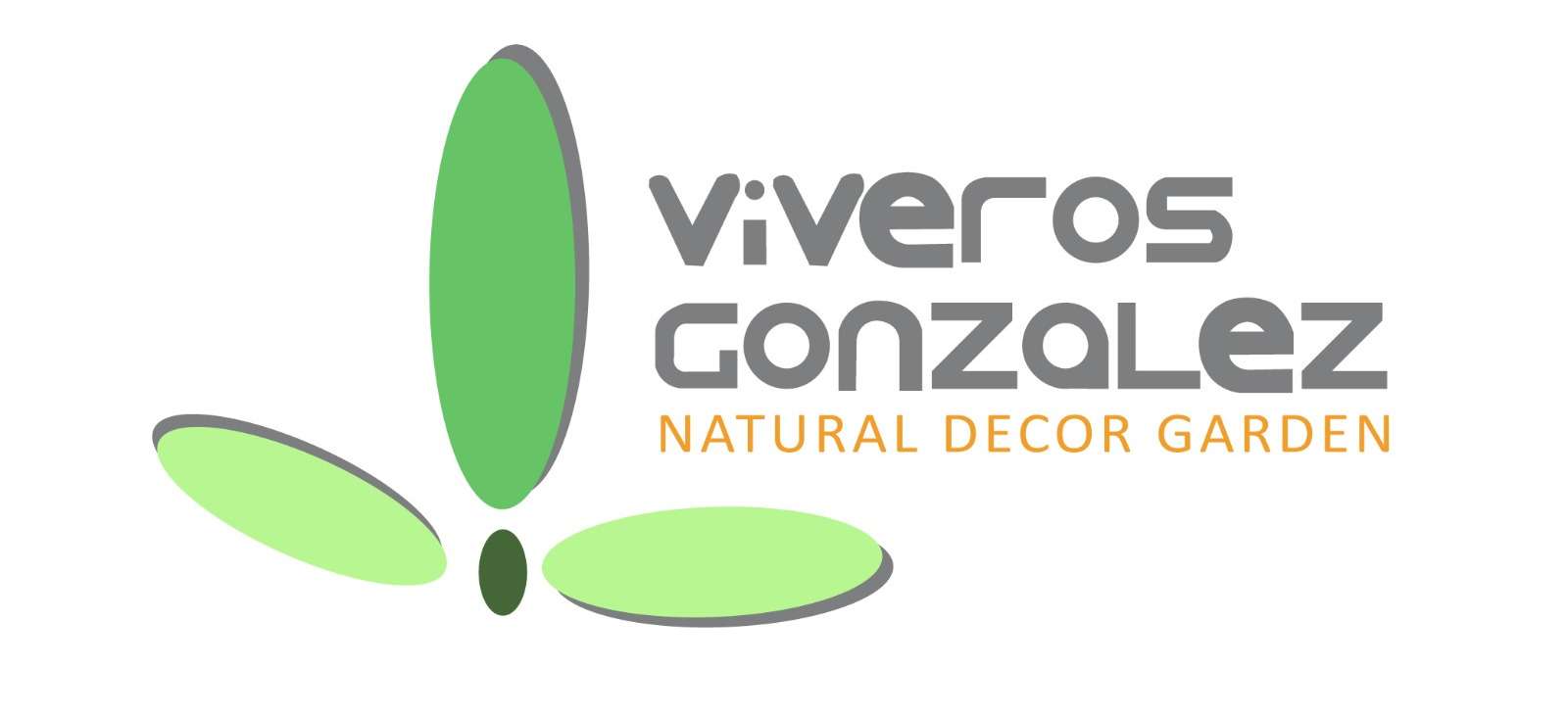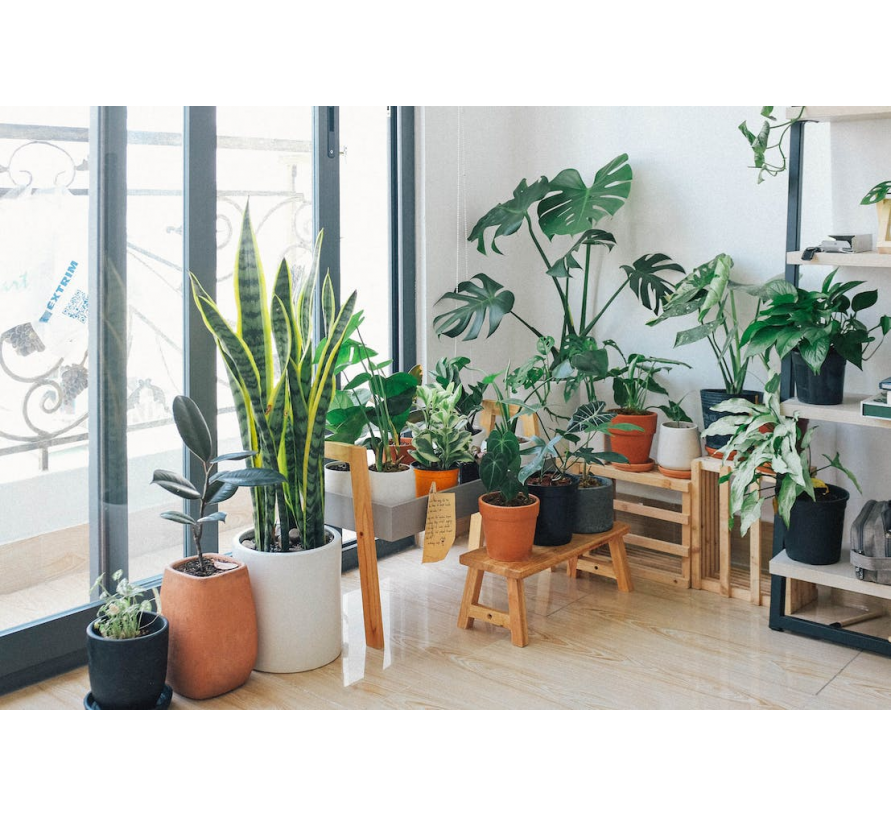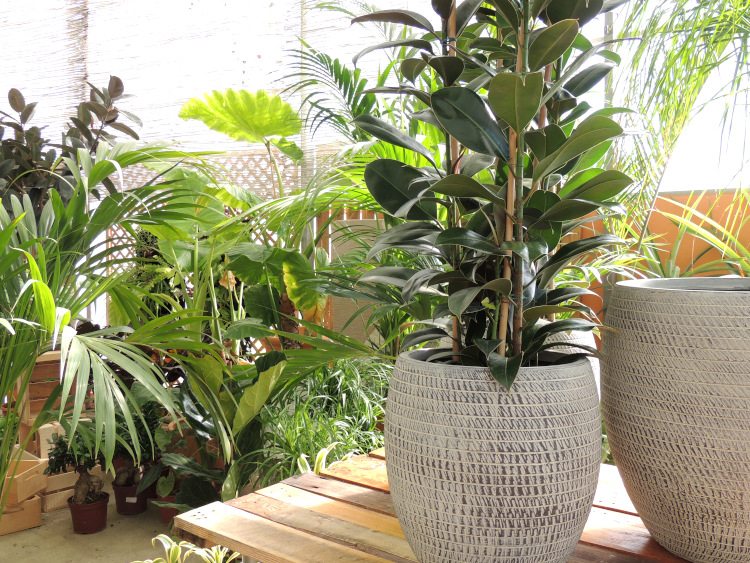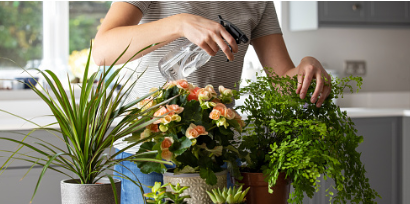Indoor plants. Mini guide
Indoor plants are decorative elements of the first order. However, there are times when, due to lack of knowledge, we get discouraged when we do not manage to get our plants to thrive.
Houseplants. Mini guide
Indoor plants are decorative elements of the first order. However, there are times when, due to lack of knowledge, we get discouraged when we don't manage to get our plants to thrive.
When choosing houseplants it is important to take into account some basic knowledge such as those detailed in this mini-guide.
Where it originates from.
This will help us to know where to place it in the house.
Normally the types of climate from which houseplants originate are tropical, desert and Mediterranean.
The temperature
Most houseplants prefer a warm environment, while at the same time adjusting humidity and watering.
If the temperature is too high and the light too low, the plant will grow disproportionately.
If the temperature is low it will not grow sufficiently.
A constant temperature without sudden changes is best.
On the other hand, a lower temperature during the winter, even if they do not grow, benefits them, as they need periods of rest so that they can become strong again and grow more vigorously during the spring.
Humidity
Why do they need humidity? Because this will largely prevent the edges of the plants from turning brown. The higher the temperature, the more humidity they need. To do this we can spray the plants with a sprayer, preferably with rainwater, avoiding wetting the flowers; we can also put a tray with water and pebbles and place the pot on them.
Watering
It is always necessary to take into account the temperature, the higher the temperature, the more often we will water.
In any case and to determine some guidelines, we can say that we will water a couple of times a week during the summer season, and once a week in winter, in the case of succulents even less. But we will refrain from watering if the substrate is still damp.
How do we water?
The important thing is that the substrate should act like a sponge. It should absorb as much water as it can, so water it little by little with a watering can so that the water penetrates slowly and the substrate is hydrated. We can also put the indoor plant in a pot or container that covers the pot up to about a third of it and let the roots absorb the liquid, then take it out and let it drain and then put it back in its place.
Light
For a plant to grow properly it needs light, and this will be in an area no more than 2.00 metres from a window.
Although there are some plants that can tolerate a little less light, such as the "aspidistra".
Be careful if you place it too close to a window pane, as it can get direct sunlight, which would be totally detrimental as it could burn its leaves.
Fertiliser
Nowadays there is a wide variety of specific products on the market for indoor plants, which will provide them with the nutrients they need.
The stronger and more vigorous our house plants are, the less likely they are to be attacked by pests or diseases. So we will have to take into account the needs of each one of them. However, if they do appear, there is a wide range of specific products to control them. Some tips are to clean the leaves with soapy water and a soft cloth with a certain frequency and to control watering, as an excess of water will cause fungus to appear.
When the environment is too dry and the temperature is high, red spider mite is likely to appear, in which case we should increase the humidity in the environment, and if we cool it with a shower, so much the better.
If there is no good ventilation and adequate light, cleaning, fertilisers and watering are not provided, it is likely that some type of mealybug will appear, such as cottony mildew, or the kind that covers the leaves and stems in such a way that when we touch them they look like small scales. Soap and water will get rid of most of them, and if we are constant every week we will keep them at bay. If they persist, a good insecticide will help us to eradicate the dreaded pests.
We must avoid sudden changes in temperature, draughts, air conditioning, fans and heating at all costs.
Transplanting
If we notice that the roots of our plant are taking up all the space in the pot, it is time to transplant it into a larger pot, at least 2.5 cm bigger.
Once the pot is chosen, add a layer of drainage material such as arlite or gravel and universal substrate, place the plant in the new pot, water and that's it. We can also place geotextile - a membrane that allows water to pass through - to separate the drainage material from the substrate.
If you do not want to change the pot, cut the roots a little and add a new substrate.

 English
English Spanish
Spanish


Comments
Leave your comment